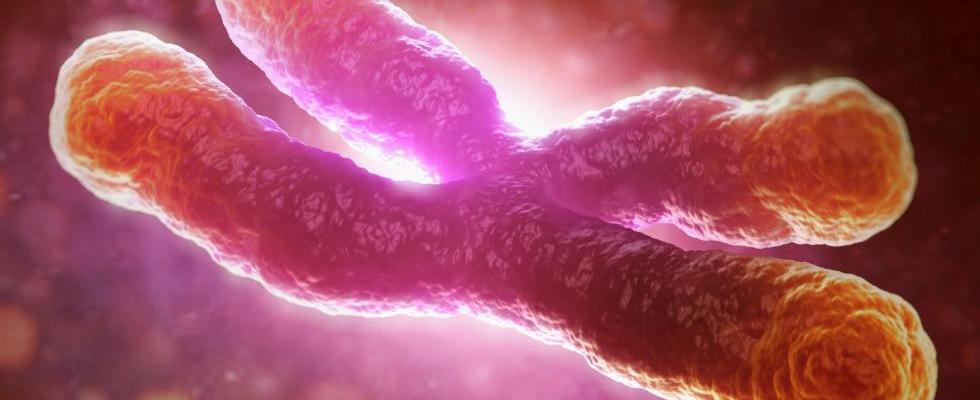|
By Ian MacArthur
In 1978 Elizabeth Blackburn and Joseph Gall published their work on telomeres, the regions on the ends of chromosomes comprised of simple, repetitive DNA sequences. This work constituted the first venture into elucidating the nature of the structures believed to play an important role in aging and cancer. Now, scientists at the the University of Copenhagen have successfully mapped the enzyme telomerase in the human genome, an accomplishment that has important implications for our understanding of cancer. Each time that a cell divides, a small portion of the DNA sequence located at the telomeres is lost. When the entirety of a chromosome’s telomeric DNA has been used and vital genetic material becomes lost in replication, the cell will cease to divide. The lifespan of a cell, then, is limited by the length of its telomeres. Further research revealed that telomeres were able to be regenerated with the help of the enzyme telomerase, prompting sensationalists to exalt the enzyme as a “fountain of youth.” Although the relationship between telomerase, telomeres, and cellular senescence (biological aging) is not fully understood, it is widely acknowledged that telomerase plays an important role in the cellular physiology of cancer. Of the myriad types of human cells, only sex cells, stem cells, and some white blood cells are known to express telomerase. Cancer cells, however, are able to produce the enzyme and thus can indefinitely increase the number of times they are able to divide. Now that the gene that codes for the enzyme has been mapped, scientists will be able to better understand how variations in the telomerase gene may predispose someone to a certain type of cancer. One of the researchers involved with the project, Stig E. Bojesen, commented, “We have discovered that differences in the telomeric gene are associated both with the risk of various cancers and with the length of telomeres.” Another interesting finding, according to Bojesen, was that “the variants that caused the diseases were not the same as the ones which changed the length of the telomeres. This suggests that telomerase plays a far more complex role than previously assumed.” It is hoped that mapping the gene will lead not only to breakthroughs in cancer treatment, but also improve the ability of clinicians to identify cancers early based on variations in a patient’s gene. The paper published in Nature Genetics announcing the mapping of telomerase represents a truly global effort in cancer research. The project took over four years to complete, involved over 1,000 scientists from around the world, and used blood samples from over 200,000 patients. To date, it is the largest research project conducted in the field of oncological genetics. Although the project has revealed a great amount of authentic and meaningful information, Bojesen notes that, “as is the case with all good research, our work provides many answers but leaves even more questions.”
0 Comments
Leave a Reply. |
Categories
All
Archives
April 2024
|

